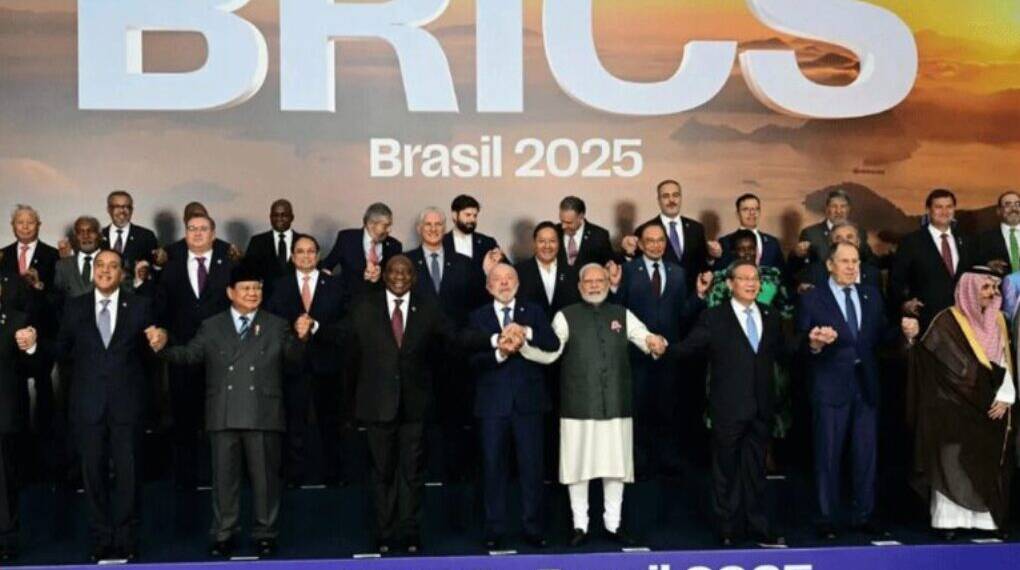US President Donald Trump has renewed his attack on BRICS, the growing economic coalition that now includes 10 nations, warning that members of the bloc will face a 10% tariff. The move comes amid rising tensions between Washington and emerging economies challenging the global dominance of the US dollar.
Speaking during a Cabinet meeting on July 8, Trump claimed that BRICS was “set up to hurt us, to degenerate our dollar.” He vowed to impose tariffs on any nation within the alliance, saying, “If they are a member of BRICS, they are going to have to pay 10 per cent tariff, just for that one thing.”
The warning follows earlier threats, including a proposed 100% tariff on nations attempting to sideline the US dollar in global trade.
A Threat to the Dollar?
Trump’s fiery rhetoric stems from growing efforts by BRICS nations to promote trade in local currencies—a strategy aimed at reducing dependence on the dollar. Since being excluded from SWIFT, Russia and Iran have spearheaded de-dollarisation efforts. India has paid for Russian oil using the yuan and other non-dollar currencies, while China and Brazil continue to push for local-currency-based trade.
Though a common BRICS currency remains theoretical, the Rio de Janeiro summit’s Leaders’ Declaration confirmed plans to explore a cross-border payments system.
Despite these ambitions, analysts note that de-dollarisation remains a long-term goal. Global trade in 2024 reached $33 trillion, with intra-BRICS trade accounting for just 3%.
Still, the US dollar has shown weakness, sliding over 10% this year—its worst half-year performance since 1973.
Tensions Over Iran and the Global South
Another flashpoint is Iran’s 2024 entry into BRICS. The bloc condemned US and Israeli airstrikes on Iranian targets as a “violation of international law” at the summit, further drawing Trump’s ire. The BRICS statement also showed concern for the humanitarian crisis in Gaza and the Pahalgam terror attack in India.
These moves underscore BRICS’ positioning as a counterbalance to Western dominance, especially in West Asia and the Global South.
A Rising Coalition
Founded in 2009 by Brazil, Russia, India, and China (with South Africa joining in 2010), BRICS has grown to 10 members, adding Egypt, Ethiopia, UAE, Iran, and most recently, Indonesia. The bloc now represents 35% of global GDP and 45% of the world’s population.
Other nations—including Turkey, Venezuela, and Malaysia—are seeking membership or have joined as “partners,” signaling BRICS’ growing geopolitical appeal.
At the Rio summit, Indian Prime Minister Narendra Modi called for BRICS to act as a catalyst for a multipolar world, emphasizing its role as the voice of the Global South.
BRICS vs. Trump: An Ideological Clash
Analysts argue that Trump’s hostility towards BRICS reflects deeper anxieties about America’s global role. Alicia García-Herrero of the Bruegel think tank said, “The BRICS is very clearly anti-Western. Part of its mantra is to change the global order.”
Yet internal differences persist. The bloc struggles to align on issues like a common currency or unified foreign policy, given vast economic and political disparities between members.
Still, Brazil’s President Luiz Inácio Lula da Silva was defiant. “We don’t want an emperor,” he said, in a thinly veiled jab at Trump. “This is a set of countries that wants to find another way of organising the world.”








